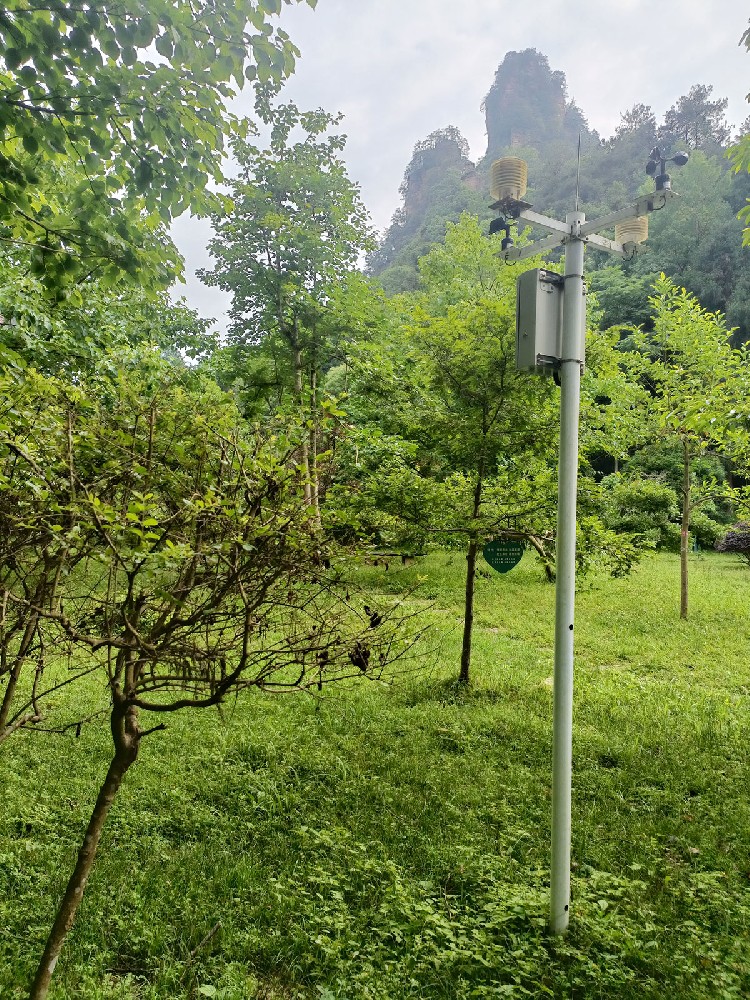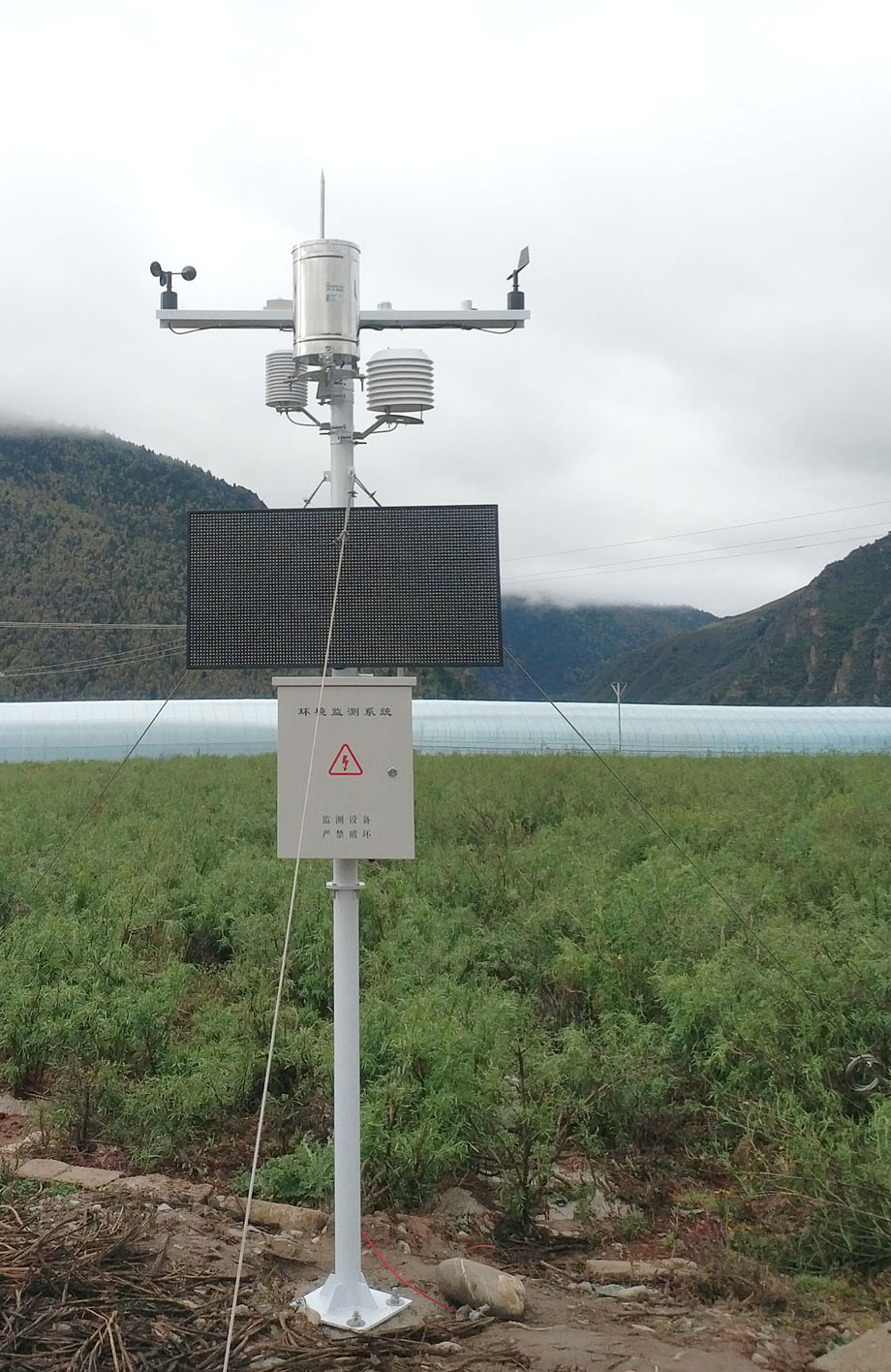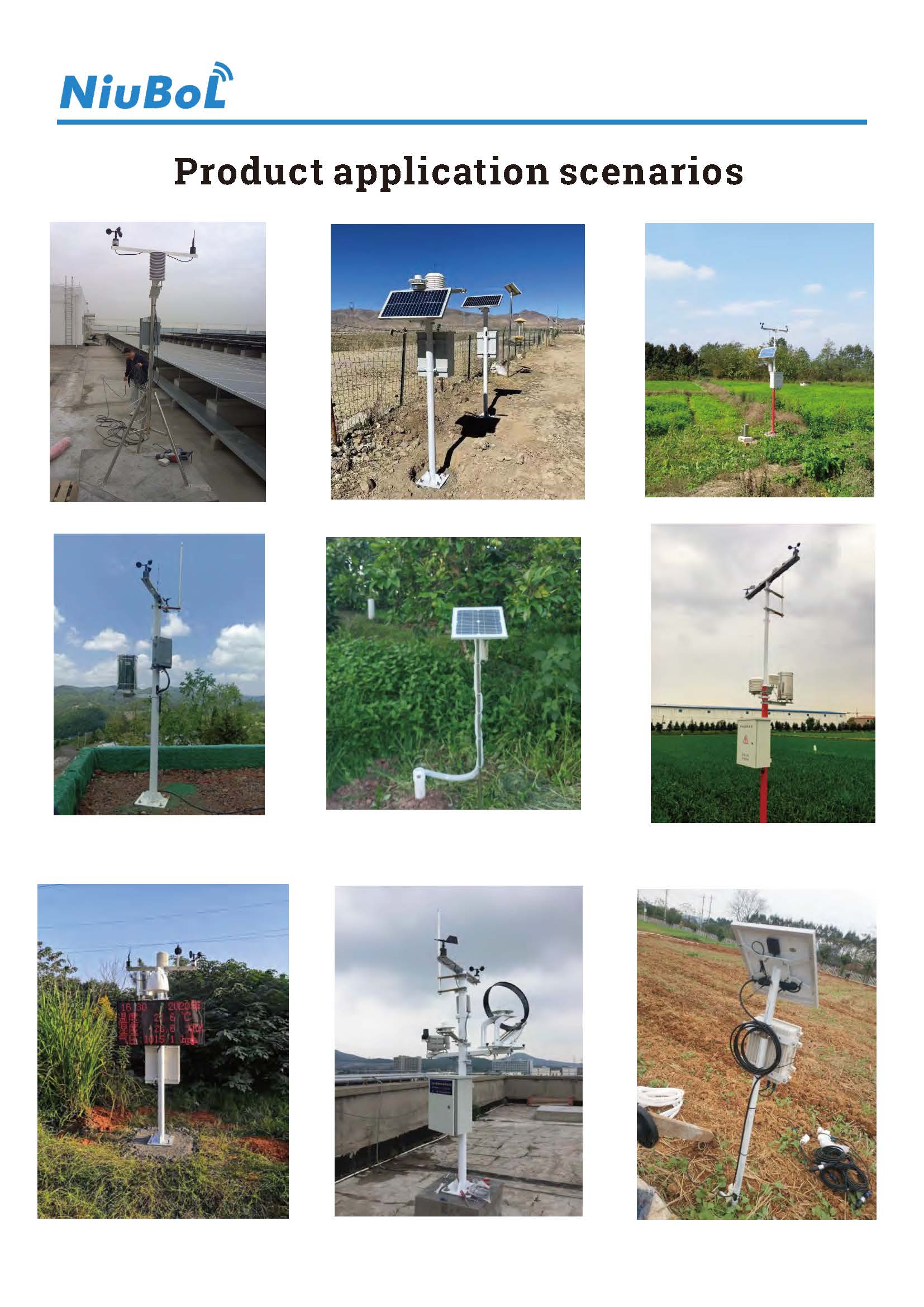

— Blogs —
—Products—
 Consumer hotline +8618073152920
Consumer hotline +8618073152920 WhatsApp:+8615367865107
Address:Room 102, District D, Houhu Industrial Park, Yuelu District, Changsha City, Hunan Province, China
Product knowledge
Time:2025-04-09 10:51:33 Popularity:28
In today’s rapidly advancing technological age, small-scale weather stations are becoming increasingly valuable in various fields such as agriculture, environmental protection, and transportation. These compact, portable, and multifunctional weather monitoring devices not only track critical weather parameters like temperature, humidity, wind speed, wind direction, rainfall, atmospheric pressure, and light levels in real-time but also offer flexible configurations tailored to specific needs, making them adaptable to a wide range of applications. This article provides a comprehensive introduction to small-scale weather stations, their types, functions, and wide-ranging uses, helping readers understand how this technology supports daily life and industry development.
A small-scale weather station is a compact weather monitoring device designed to collect weather data quickly and accurately in a specific area. It typically consists of weather sensors, a data logger, a power system, a protective enclosure, and a mounting system. These stations can monitor various environmental parameters in real-time and transmit data wirelessly to a computer or cloud platform. Compared to traditional large-scale weather stations, small-scale weather stations are smaller, more flexible to deploy, and suitable for a wide range of environments from farmland to urban parks.
Small-scale weather stations come in various types, including handheld ultrasonic weather stations, portable weather stations, and fixed ultrasonic weather stations, each with unique advantages to meet different users’ needs. For instance, handheld devices are perfect for outdoor adventurers who need to quickly gather data, while fixed ultrasonic weather stations are used for long-term monitoring projects where high accuracy and stability are essential.
This type of device is known for being lightweight and compact, typically used in outdoor activities like field research, mountaineering, or exploration. It uses ultrasonic technology to measure wind speed and direction without moving parts, making it durable. Users can easily carry it to obtain real-time weather data.
Portable weather stations prioritize ease of use and mobility, making them ideal for temporary deployments or mobile monitoring scenarios. They usually come with foldable stands and battery power, are easy to set up, and are suitable for short-term projects or emergency situations, such as disaster assessments or temporary event weather support.
Fixed ultrasonic weather stations are characterized by high precision and stability, making them widely used in sectors requiring continuous monitoring, such as agriculture, airports, and research projects. These stations use ultrasonic technology to measure wind speed and direction, and combine other sensors to provide comprehensive weather data.
These devices generally feature integrated designs with durable enclosures (such as stainless steel or high-strength plastic), enabling them to function stably in harsh weather conditions. Data is transmitted via 4G/5G/Lorawan or satellite communication, allowing users to view and analyze results remotely.

The design of small-scale weather stations aims to meet the specific needs for accurate weather data collection in certain areas while reducing monitoring costs and complexity. The following outlines their main functions and significance:
By integrating various sensors, small-scale weather stations monitor temperature, humidity, pressure, wind speed, wind direction, rainfall, and light intensity. These parameters are updated in real-time to provide users with the latest environmental information.
Compared to large-scale weather stations, small-scale weather stations do not require complex infrastructure and can be quickly installed in locations such as farmlands, campuses, tourist sites, or remote areas. This flexibility makes them an ideal choice for widespread weather monitoring.
The data provided by small-scale weather stations offer scientific evidence for agricultural production, environmental protection, and disaster early warning. For example, farmers can adjust irrigation schedules based on rainfall and humidity data, while environmental agencies can use pressure and wind speed data to assess air quality.
Long-term operation of small-scale weather stations accumulates a wealth of continuous data, providing valuable resources for meteorological research and helping to uncover climate change patterns and regional weather behaviors.

The multifunctionality and portability of small-scale weather stations make them highly valuable across multiple industries. Below are some specific use cases:
In farming, small-scale weather stations monitor temperature, humidity, and rainfall, helping farmers optimize irrigation and fertilization schedules. For example, in drought seasons, the device may alert farmers when to increase water usage, and during periods of high pest activity, humidity data can guide pest control measures. Such precise management significantly improves crop yield and quality.
In environmental protection, small-scale weather stations are used to monitor air quality and track climate change trends. For example, by combining wind direction and pressure data, agencies can trace the spread of pollutants and develop emission reduction strategies.
On roads and at airports, small-scale weather stations provide wind speed, visibility, and rainfall information to ensure transportation safety. During severe weather, the device can issue alerts to adjust flight schedules or close dangerous road sections.
Small-scale weather stations deployed in tourist areas provide accurate weather forecasts to enhance the visitor experience. Outdoor adventurers use handheld devices to gather real-time data for safety.

To ensure the accuracy of data, site selection for small-scale weather stations is critical. The following are key factors to consider when choosing a location:
The station should reflect the regional climate characteristics, avoiding interference from tall buildings, trees, or bodies of water. For example, in flat areas, open spaces are ideal, while in mountainous areas, mountaintops may be prioritized.
The station should be located away from areas prone to natural disasters such as floods or landslides to ensure the long-term stability of the equipment.
The location should be easily accessible for staff to regularly inspect and maintain the equipment.
Modern technology allows for the establishment of buoy stations in oceans or unmanned stations in remote areas, with data transmitted via satellite.
With the advancement of smart and networked technologies, small-scale weather stations are entering a new phase of development. Future devices may integrate additional sensors (e.g., for air quality or soil parameters) and incorporate artificial intelligence to analyze data and provide predictive recommendations. Furthermore, low-power designs and solar power will enhance their applicability in remote areas, contributing to global climate monitoring networks.

Small-scale weather stations, with their portability, precision, and multifunctionality, have become vital tools in modern weather monitoring. From agricultural optimization to transportation safety, they provide reliable data support for various industries and promote the popularization and advancement of meteorological science. For users seeking flexible, accurate weather solutions, small-scale weather stations are undoubtedly a worthwhile investment.
Prev:Application of Agricultural Meteorological Stations in Agriculture
Next:How Automatic Weather Stations Enhance Meteorological Monitoring Efficiency
Related recommendations
Sensors & Weather Stations Catalog
Agriculture Sensors and Weather Stations Catalog-NiuBoL.pdf
Weather Stations Catalog-NiuBoL.pdf
Related products
 Combined air temperature and relative humidity sensor
Combined air temperature and relative humidity sensor Soil Moisture Temperature sensor for irrigation
Soil Moisture Temperature sensor for irrigation Soil pH sensor RS485 soil Testing instrument soil ph meter for agriculture
Soil pH sensor RS485 soil Testing instrument soil ph meter for agriculture Wind Speed sensor Output Modbus/RS485/Analog/0-5V/4-20mA
Wind Speed sensor Output Modbus/RS485/Analog/0-5V/4-20mA Tipping bucket rain gauge for weather monitoring auto rainfall sensor RS485/Outdoor/stainless steel
Tipping bucket rain gauge for weather monitoring auto rainfall sensor RS485/Outdoor/stainless steel Pyranometer Solar Radiation Sensor 4-20mA/RS485
Pyranometer Solar Radiation Sensor 4-20mA/RS485
Screenshot, WhatsApp to identify the QR code
WhatsApp number:+8615367865107
(Click on WhatsApp to copy and add friends)